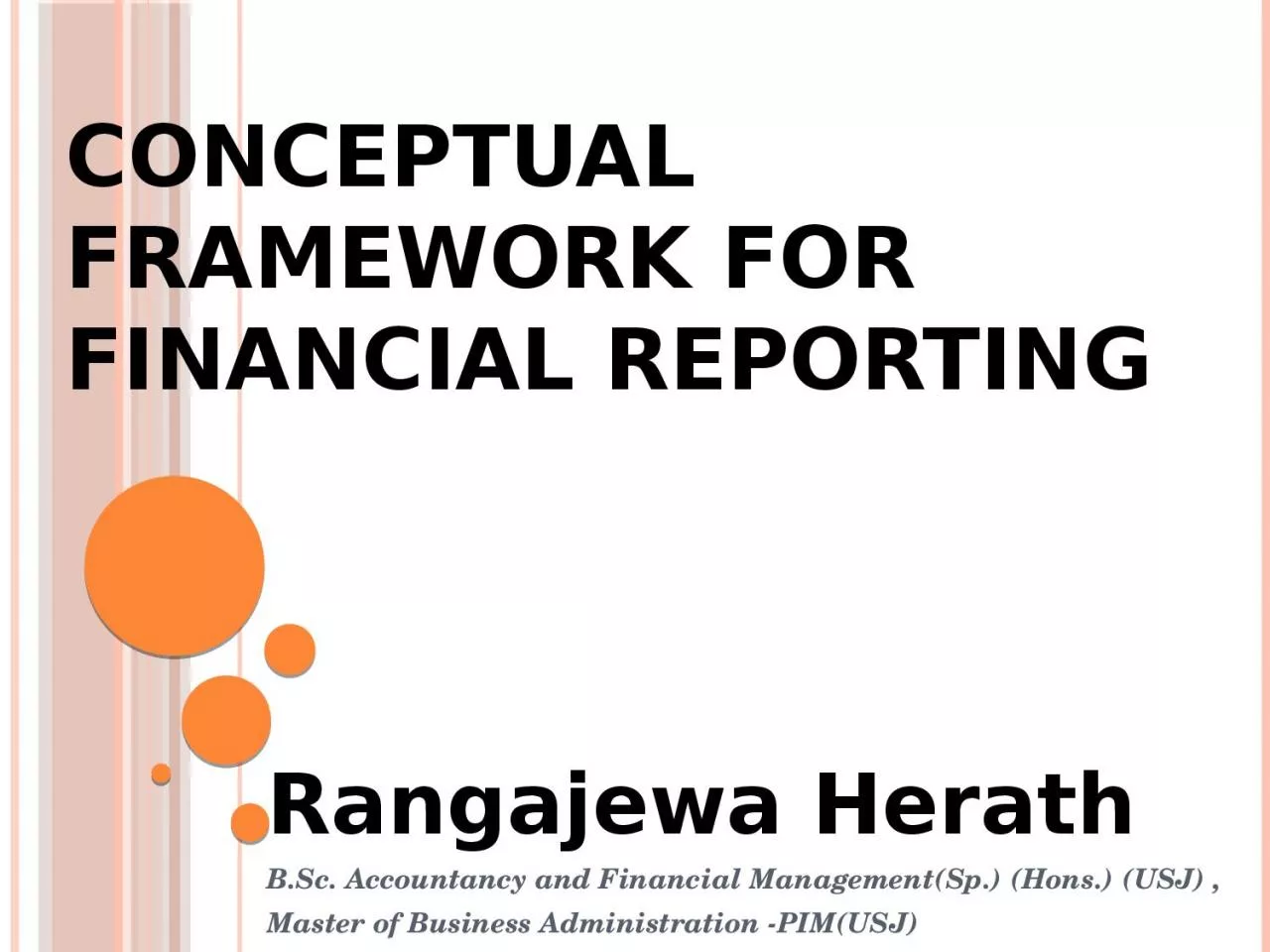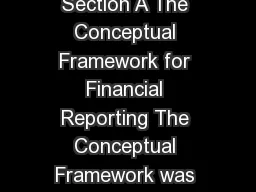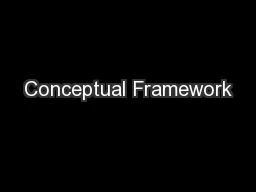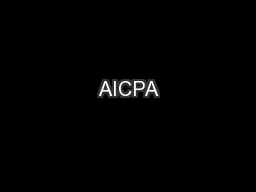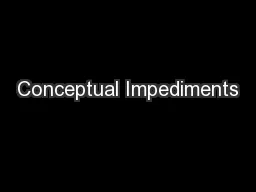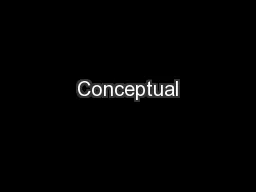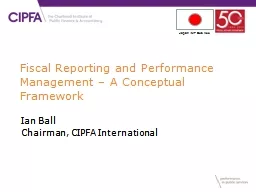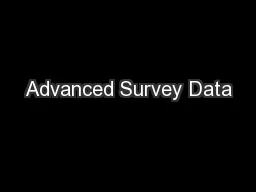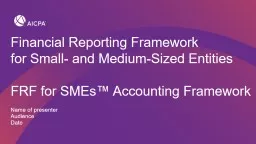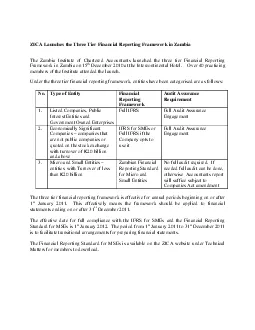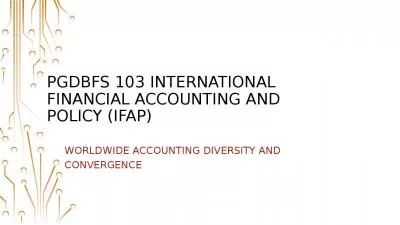PPT-Conceptual Framework for financial reporting
Author : priscilla | Published Date : 2023-11-04
Rangajewa Herath BSc Accountancy and Financial ManagementSp Hons USJ Master of Business Administration PIMUSJ The Structure and Components of the Conceptual
Presentation Embed Code
Download Presentation
Download Presentation The PPT/PDF document "Conceptual Framework for financial repor..." is the property of its rightful owner. Permission is granted to download and print the materials on this website for personal, non-commercial use only, and to display it on your personal computer provided you do not modify the materials and that you retain all copyright notices contained in the materials. By downloading content from our website, you accept the terms of this agreement.
Conceptual Framework for financial reporting: Transcript
Download Rules Of Document
"Conceptual Framework for financial reporting"The content belongs to its owner. You may download and print it for personal use, without modification, and keep all copyright notices. By downloading, you agree to these terms.
Related Documents

